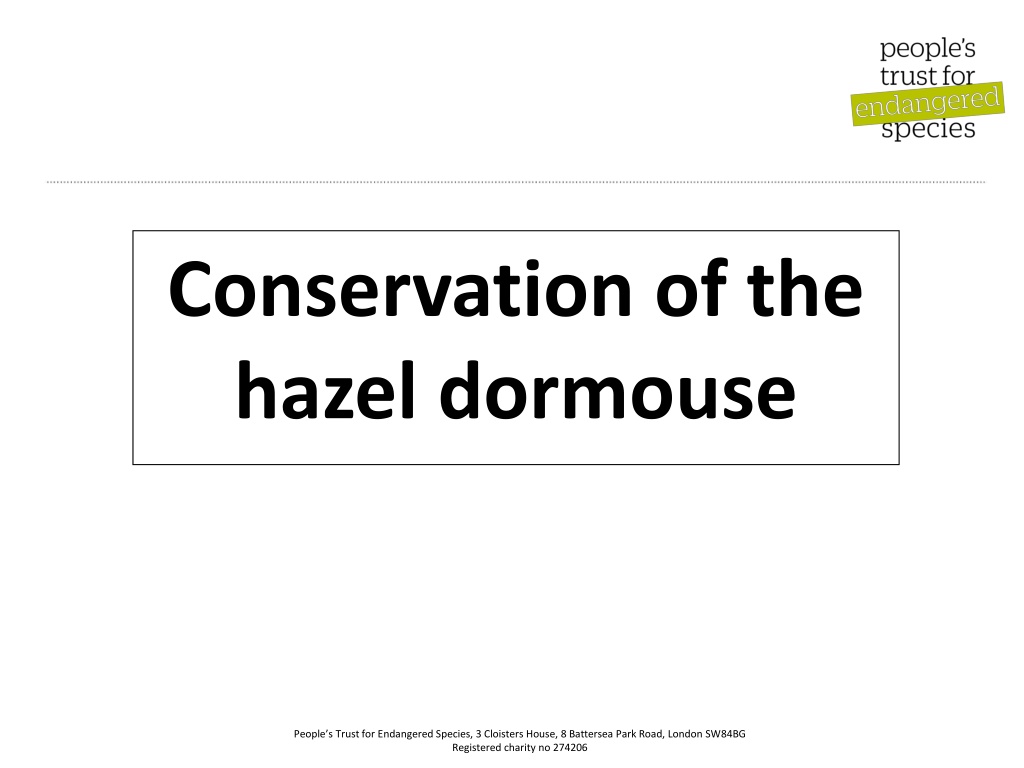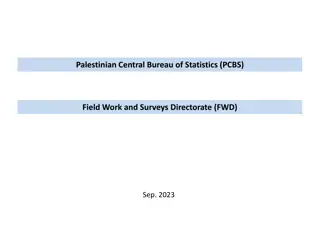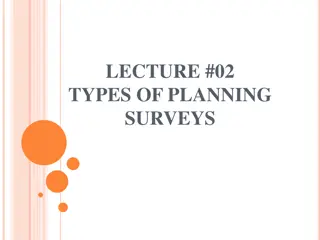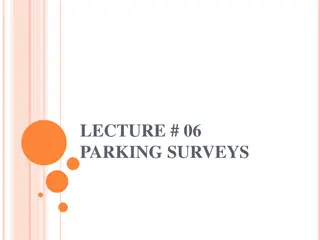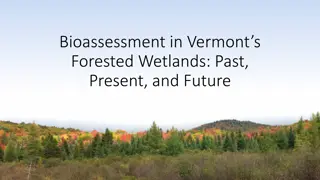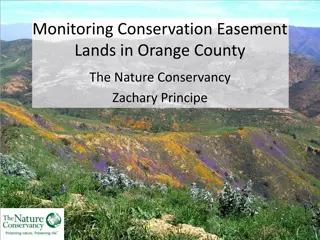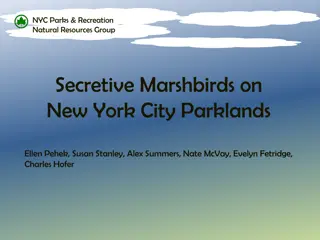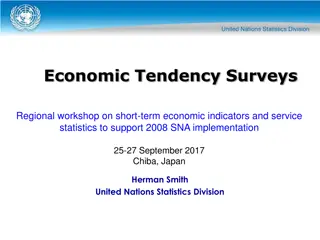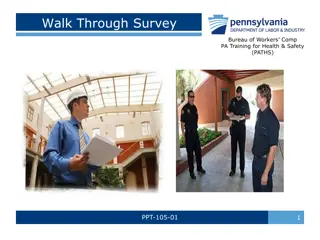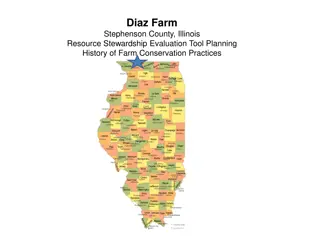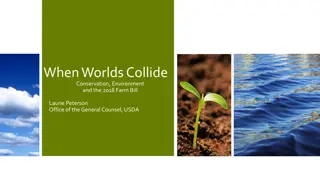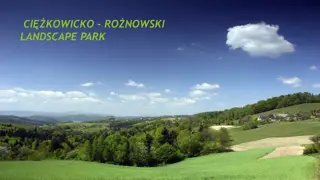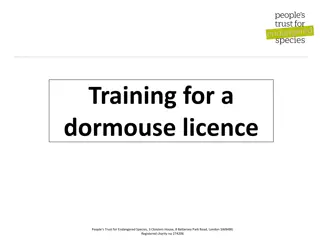Dormouse Conservation Methods and Surveys
Discover the various methodologies and practices involved in conserving hazel dormice, including survey techniques like nut hunts, nest tubes, nest boxes, and more. Learn about the challenges faced by the species, suggested mitigations, and the importance of re-introductions in safeguarding dormouse populations.
Download Presentation

Please find below an Image/Link to download the presentation.
The content on the website is provided AS IS for your information and personal use only. It may not be sold, licensed, or shared on other websites without obtaining consent from the author. Download presentation by click this link. If you encounter any issues during the download, it is possible that the publisher has removed the file from their server.
E N D
Presentation Transcript
Conservation of the hazel dormouse People s Trust for Endangered Species, 3 Cloisters House, 8 Battersea Park Road, London SW84BG Registered charity no 274206
Dormouse Conservation Finding Dormice Survey methods Dormouse requirements and densities Problems for the species Mitigation suggestions Dormouse re-introductions
Dormouse survey methods Nut hunts Nest tubes Nest boxes Natural nests Hair tubes
Nut hunt methodology Requires presence of hazel Hole in nut check tooth marks Search 5 x 10m2 for 20 min each no dormouse opened nuts found; unlikely to be present Collect 100 hazel nuts opened by voles, mice and dormice (not squirrels) none opened by dormice; unlikely to be present
Nest tubes Cheap survey method Best used in hedgerows Used to demonstrate presence/absence of dormice 50 tubes between June and Nov no dormouse evidence; species unlikely to be present Methodology in Dormouse Conservation Handbook
Nest Boxes Expensive survey method Best used on vertical stems Use for long-term monitoring (NDMP) 50 boxes Grid approx. 20m apart.
Other survey methods Natural nests May require extensive survey effort Hair tubes Cheap Use in large numbers Low success rate
Dormouse surveys - Good practice Does site fall in known range Check for existing records (LRC, NBN) Are dormice known to be present? Conduct survey Report presence of dormice to LRC
Dormouse surveys - Legislation Nut hunts, hair tubes, natural nests (no disturbance) Non invasive, no licence required Presence of dormice unknown Nest tubes, nest boxes can be checked without licence Presence of dormice known Nest tubes, nest boxes require disturbance licence to check
Where to look for dormouse Woodland but hazel is not crucial Conifer wood Scrub Hedgerow Small habitat areas Roadside/railside verges Dormice are probably under-recorded Dormice may be present in any wood or scrub habitat within their range
Important elements for dormouse conservation Habitat management to provide: plants for successional food plants for autumn food continuity of arboreal linkage Dormice occupy small ranges so above are needed within a relatively small area
Dormouse population density Species Habitat Mean Spring density Optimal diverse wood with abundant, vigorous understory Dormouse 4 to 6 adults Dormouse Oak woodland with hazel 2 adults Dormouse Scrub unknown Dormouse Conifer woodland 1 to 3 adults Dormouse Hedgerow 1.3 adults Wood mouse Deciduous woodland 40 plus Bank vole Deciduous woodland 100 plus
Problems for dormice Inappropriate or lack of woodland management Deer and rabbits Poor hedgerow management Habitat fragmentation Development Climate change Warm winters Wet summers
Mitigation for dormice Maintain and link areas of appropriate habitat Increase plant diversity Initiate long term habitat management Dormouse nest boxes can increase habitat carrying capacity What s good for dormice is good for lots of other species
Dormouse reintroductions Why reintroductions? Substitute for natural recolonisation Restore lost range Stimulate conservation effort Focus for landscape restoration
Why are dormice good? Key species Plant diversity Shrub structure Woodlands Hedgerows Scrub Responsibility What s good for dormice is good for many other species
Peoples Trust for Endangered Species, 3 Cloisters House, 8 Battersea Park Road, London SW8 4BG Registered charity no 274206
